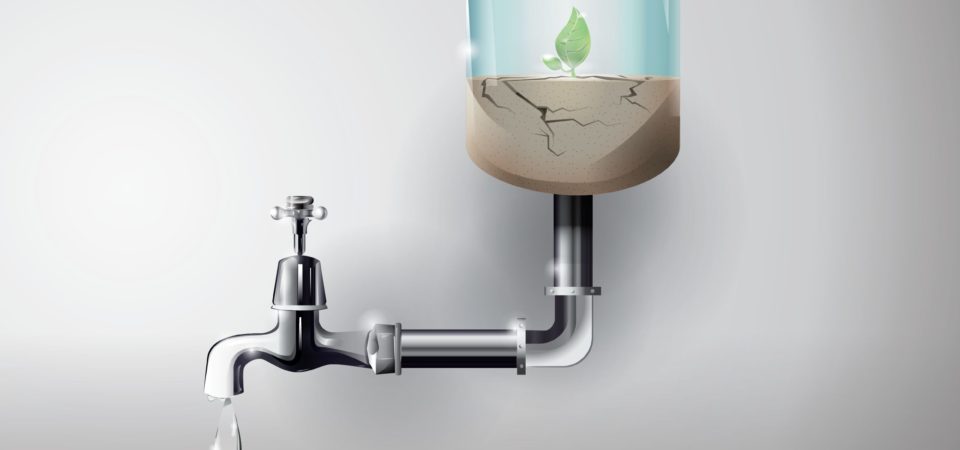Water filters are becoming less of a survivalist hobby and more of a commonplace in homes across the United States. With recent water crisis’ making headlines, more Americans are searching for water purification solutions that will protect them when government water cleaning methods fail. Residential water filters have been around for a long time, but with the new demand, research end development of these systems has increased tenfold. In this post we will be discussing various water filtration methods for your home, including everything from standalone systems to full-home coverage.
Standalone Water Filters
Standalone water filters were arguably made popular by the Brita filter. Released a couple years ago, the Brita became a popular household item, but was seen as more of a fad rather than something that could increase your health benefits. Indeed, many studies have shown that the Brita does not actually filter too much out of your water, but rather just makes it taste a little bit better. Another highly popular system is the Berkey Filter, which filters out over 99.9% of pollutants in your water (according to http://epicgifts.net). This level of filtration comes at a cost however, as the Berkey’s carbon filters are indiscriminate, and cannot tell between what is a pollutant and what is actually a beneficial mineral. These two products represent the two sides of the spectrum when it comes to household filters, and while there are many amazing water filtration systems on the market, it is ultimately up to the consumer to decide what level of coverage they need.
Full-House Water Filters
Alternatively, homeowners may choose to procure a system that provides the whole house with coverage. These full-house water filters will intercept and filter all water before it enters the house, so that everything from the shower to the kitchen sink is filtered. While they range in price from hundreds to thousands of dollars, these systems are great investments for homeowners who are wary of recent events (such as the Flint water crisis and the most recent incident in Corpus Christi) and do not want to take any chances. To illustrate how these systems work, we have included an informational video below with more information, buying options, and pros and cons of each type of filter.
The bottom line for homeowners is that even if you live in an affluent nation where water has always been considered a given, there are still cases where it can become highly contaminated. Many Americans have evidently picked up on this, and are searching for backup measures just in case. Don’t be caught unprepared, shop around and find a system that works for your needs today.

